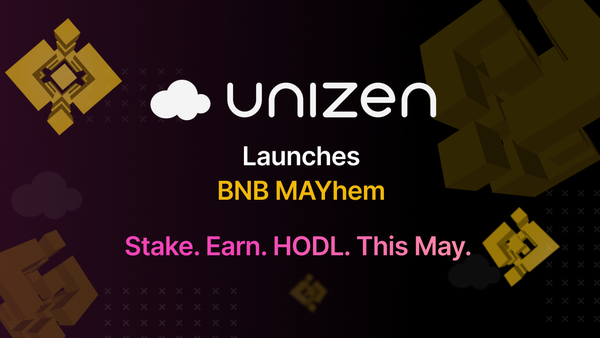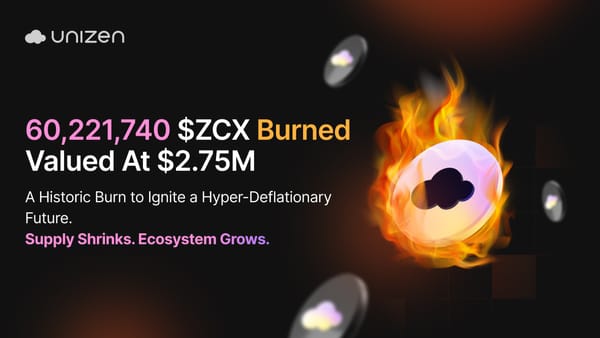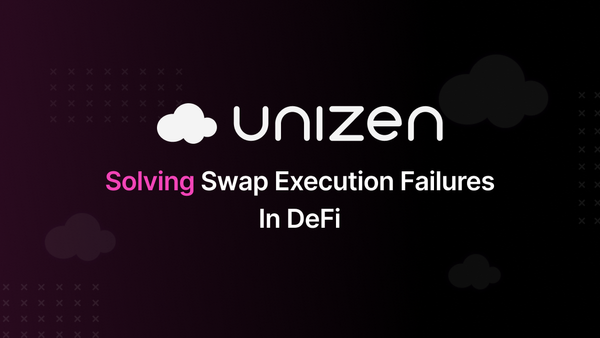What is DePIN in Crypto? A Detailed Review
What is DePIN in Crypto? Understand how blockchain technology bridges crypto and the physical world through a decentralized physical infrastructure network.
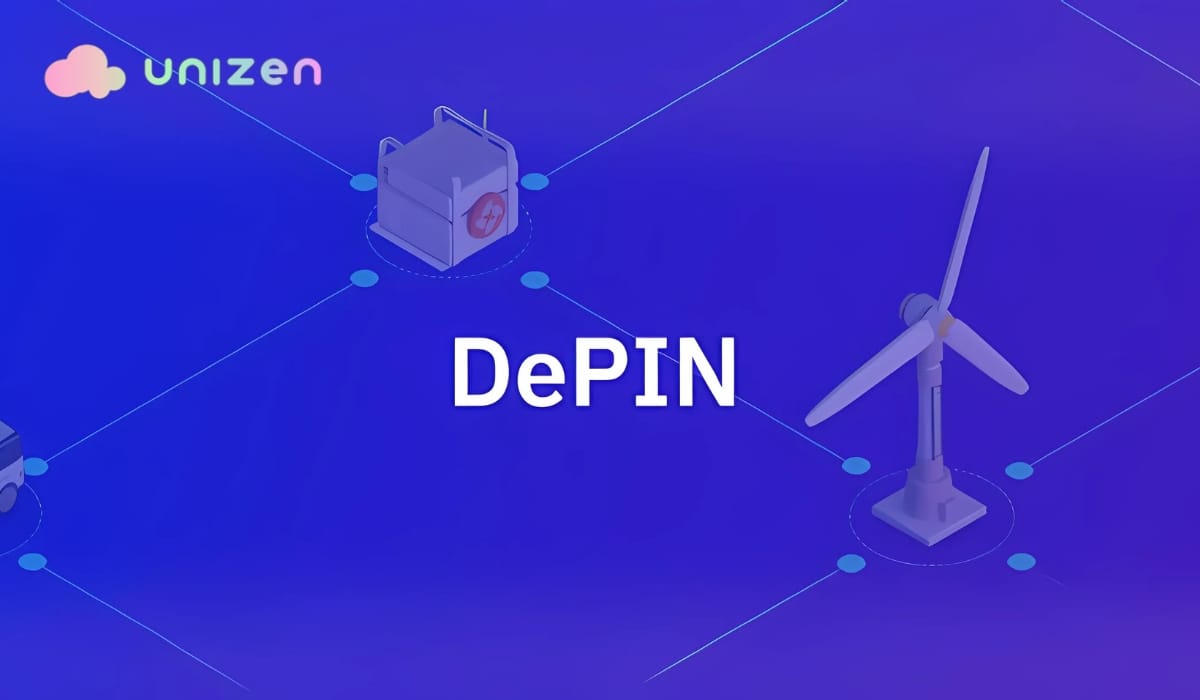
Decentralized Physical Infrastructure Networks represent a new frontier in merging blockchain technology with physical infrastructure. What is DePIN in Crypto? It's a novel approach wherein decentralization meets real-world tangible assets and services. Blockchain protocols, smart contracts, and tokenization power DePIN. It ensures trustlessness and incentivizes a more efficient, transparent, collaborative ecosystem. In that light, some platforms play an essential role in the transformation by providing advanced tools to integrate blockchain technology seamlessly with physical infrastructures in the DePIN concept.
DePIN creates a framework where a decentralized network can manage telecommunications, logistics, energy, or real estate infrastructure using blockchain technology. This allows people and organizations to contribute to shared infrastructure systems and earn DePIN tokens, often in cryptocurrencies. DePIN reduces costs by enhancing accountability while opening participation to anyone on the planet. It reshapes how industries optimize and operate essential infrastructures, driving innovation and adoption across sectors.
Core Components of DePIN
These are the core components that allow DePIN to transform industries through the fusion of decentralized blockchain technology with physical resources and networks:
1. Blockchain Protocols and Smart Contracts
At the heart of every DePIN lies blockchain protocols and smart contracts, which ensure transparency, security, and automation. Blockchain protocols provide the backbone for decentralized ecosystems by recording transactions and securely managing interactions without intermediaries. Smart contracts automate complex processes that involve, among other things, the validation of resource contributions, reward distributions, and compliance within the render network. All these mechanisms put together will make DePIN ecosystems both trustless and efficient. Some platforms have advanced those technologies, seamlessly integrating physical infrastructure.
2. Off-chain Networks and Physical Infrastructure
DePIN bridges digital and physical spaces through off-chain networks and physical infrastructure. IoT devices, sensors, and unique hardware are examples of physical assets that connect to blockchain networks to enable real-world utility and service delivery. For example, IoT-enabled devices in logistics or energy sectors can securely share data with blockchain systems for guaranteed transparency and accountability. It can merge blockchain's decentralized principles with tangible assets, transforming how industries operate critical infrastructure.
3. Tokenization and incentive mechanisms
Another striking component of DePIN is the use of tokenization and incentive mechanisms to ensure active participation in the network. In addition, participants, whether individuals or organizations, can be rewarded with cryptocurrency tokens for contributing resources such as bandwidth, storage, and computational power. Tokenization provides a fair return while helping build a self-sustaining environment. Unizen adopt these mechanisms to incentivize interaction and scalability in decentralized ecosystems. This makes DePIN a potent solution for real-world infrastructural problems.
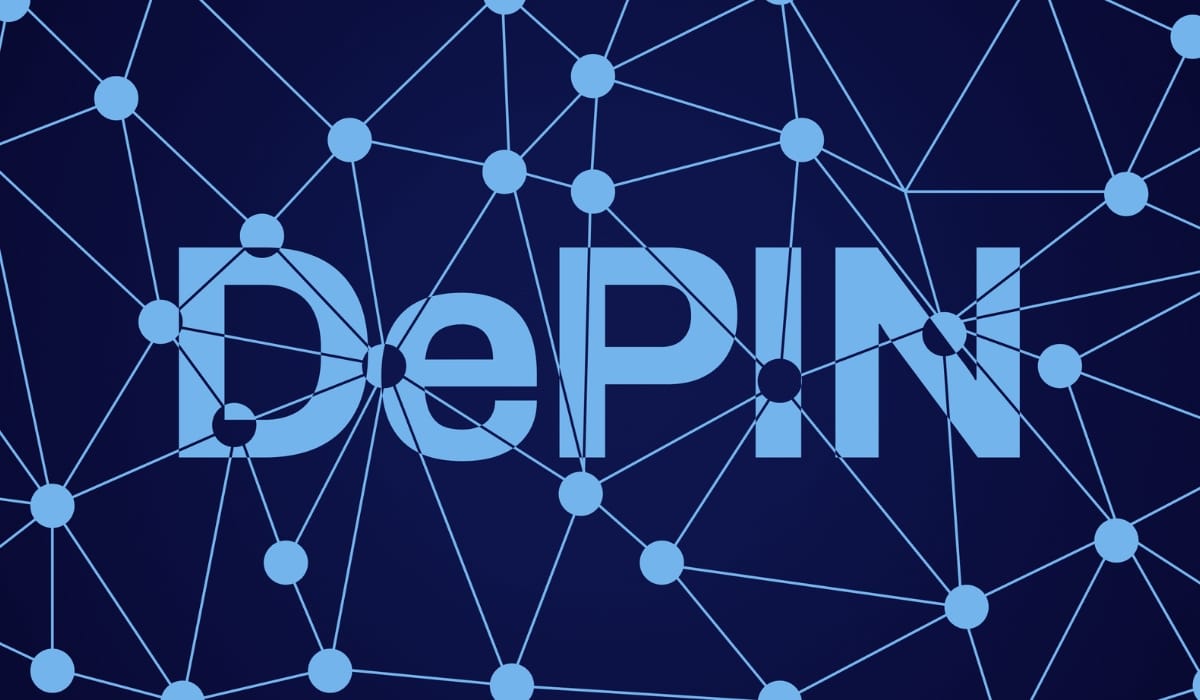
How DePIN Project Works
DePin works via the following mechanisms:
1. Integration of Physical and Digital Infrastructure
DePIN bridges the gap in connecting physical devices with blockchain-based digital systems. It bridges the physical elements, including sensors, servers, and IoT devices, to flawlessly communicate in a decentralized network for seamless interaction with blockchain protocols. The data and services are transparently recorded, verified, and utilized through this integration. An example includes platforms like Unizen that allow this interaction by providing the infrastructure to bridge the physical assets with the decentralized ecosystem, ensuring utility and scalability.
2. Reward Tokens to Participants
At the heart of DePIN lies an incentivized model wherein users are paid for their valuable resource contribution to the network. In addition, participants who contribute values in the form of storage, bandwidth, or computational powers receive a token reward. To enable active participation and self-ensure alignment of incentive structure, tokens will assume an additional role in voting rights. This makes it a token-based reward model for users building and maintaining decentralized infrastructure, creating a self-sustaining ecosystem.
3. Peer-to-Peer Resource Sharing Mechanism
DePIN works on a peer-to-peer basis, directly sharing resources without centralized intermediaries. This mechanism ensures effective resource utilization with minimal cost and removal of single points of failure, leveraging the power of blockchain technology. For example, DePIN networks distribute workloads among participants instead of data centers, ensuring redundancy and security. Some platforms help facilitate these decentralized interactions by providing the tools necessary for effective resource sharing across global networks.
Key Features of Decentralized Physical Infrastructure Network
Here are the key features of DePin:
1. Decentralized Ownership and Governance
DePIN is designed to be decentralized, meaning that decision-making powers are spread across a network of participants rather than being held by centralized control. Most often, the modes of governance are established via blockchain-based smart contracts that allow for transparency and fairness in decision-making, particularly in decentralized storage networks. That will enable stakeholders to influence network policy, making the infrastructure community-driven and resistant to centralized powers.
2. Economic Incentive Structure
The hallmark of DePIN is a very robust economic incentive model that enhances the infrastructure development within the DePIN space. Here, applying tokenization incentivizes contributors of resources or services such as computing power, bandwidth, or storage to the network. These tokenized rewards foster active participation and fair resource allocation. It creates a self-sustaining ecosystem whereby both the network and its participants benefit from shared digital resources.
3. Transparency and Security Measures
DePIN is based on the cornerstones of transparency, especially when leveraging blockchain for decentralized storage solutions. Blockchain technology ensures that everything on the network is irrevocably recorded and, hence, totally verifiable by all stakeholders. Therefore, trust is built through the transparency provided by leveraging blockchain technology. Further, the network is secured against malicious attacks by robust cryptographic security. DePIN solutions are highly reliable, secure, and well-suited for critical infrastructure management.
4. Scalability and Interoperability of DePin Work
DePIN solutions are scalable and interoperable in their design, supporting large-scale adoption and easy integrations with other distributed networks or technologies. It can scale with increased user demand and interface with the present system to foster innovation and collaboration across industries. Platforms like Unizen actively contribute to that dream by integrating DePIN systems with traditional systems, guaranteeing flexibility and scalability.
DePIN Use Cases
Here are key use cases of DePIN, highlighting its impact on infrastructure with blockchain.
1. Data Storage Solutions
DePIN has revolutionized data storage by realizing decentralized and incentivized storage networks. For example, Filecoin is a blockchain-based solution that pays back those contributing to its network by providing unused storage spaces. In Filecoin, data can be stored securely and in redundant form without any centralized provider; therefore, providing such services is cheaper, more reliable, and more efficient. This aligns with the DePIN principle of deploying blockchain to create decentralized, trustless ecosystems.
2. Wireless Connectivity Networks
A strong use case for DePIN comes in the form of decentralized wireless connectivity networks. In this case, Helium enables users to create a decentralized wireless network of wireless hotspots and mine cryptocurrency tokens to incentivize them to build out network coverage. This is a financially viable, user-driven solution to traditional wireless infrastructure, which is a disruptor to traditional telecom providers.
3. Energy Management Systems
In the energy sector, DePIN enables blockchain-powered microgrids that efficiently distribute energy resources to the network. Such decentralized platforms would allow consumers to generate, trade, and share renewable energy in their communities. This reduces energy waste and enhances sustainability. For instance, some blockchain-enabled microgrid solutions have been designed to optimize power distribution and allow participants to transact energy credits transparently and efficiently. These systems illustrate how DePIN can reshape traditional infrastructure into a decentralized, eco-friendly model.
4. Applications in Transport and Health
DePIN has transformational applications in transportation and healthcare. Decentralized systems can handle logistics, track supply chains, and manage patient records more securely and transparently. For instance, blockchain solutions in healthcare ensure that there is secure sharing of patient data among providers while the privacy of the patients remains intact. In logistics, decentralized platforms enable real-time tracking of shipments, ensuring accountability down supply chains. These use cases highlight how DePIN applies decentralized principles to enhance critical industries.
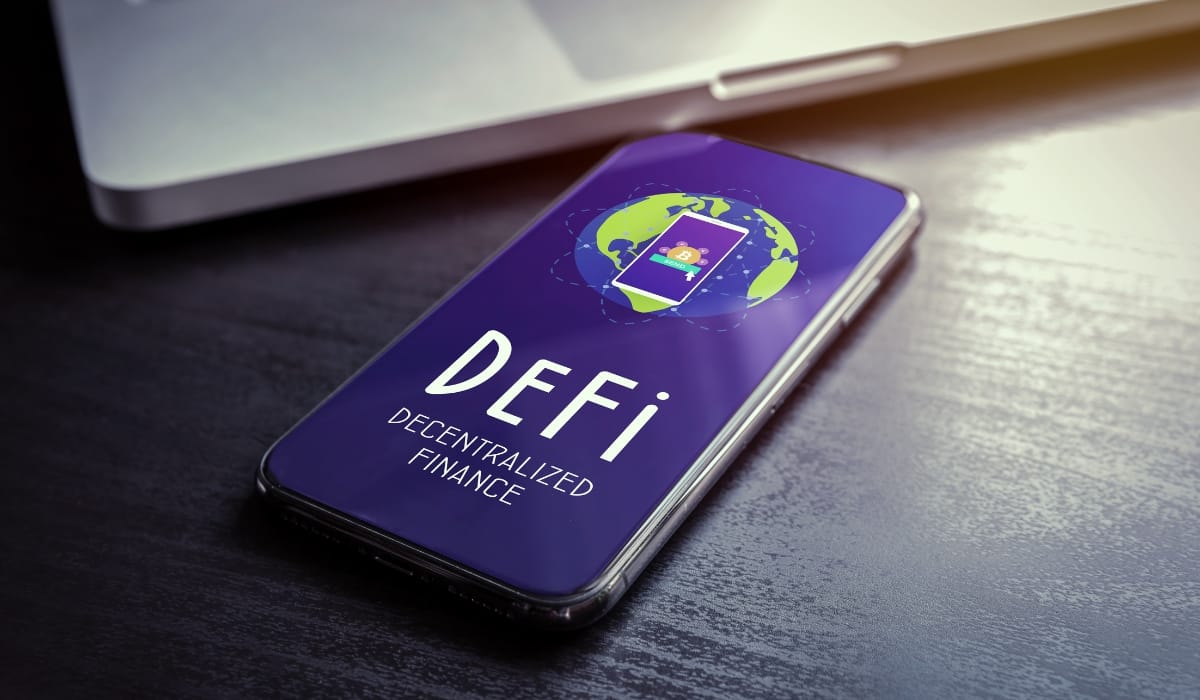
Benefits of Decentralized Physical Infrastructure
The advantages of DePin include:
1. Reduced Centralization
Among the key advantages of DePIN is the reduction of centralization in infrastructure networks. DePIN, as a decentralized way of managing physical assets and services, contributes to mitigating risks of single points of failure and monopolistic control. DePIN ensures no particular entity can have a privileged position to dominate or control the infrastructure models by decentralizing the power through a network of nodes or participants. This helps to reduce the potential for a systemic failure to occur and ensure fairer participation. Platforms like Unizen help integrate these decentralized financial services with physical infrastructure to ensure resiliency and decentralized governance.
2. Enhanced Security and Transparency
The backbone of DePIN is blockchain technology, which allows for better security and transparency in managing physical resource networks. Every transaction or interaction on the network is recorded on an immutable blockchain. Therefore, no record of the past can be altered or manipulated. This ensures accountability; all parties can verify and audit the transactions in real time. The decentralized verification process further allows for a more trustworthy system where one can rely on the network's consensus rather than a central authority. Thus, DePIN uses blockchain in decentralized record-keeping to enable higher security in critical infrastructure while driving transparency throughout the ecosystem.
3. Community-Driven Development
DePIN encourages innovation and collaboration via its community-driven development model. It provides a decentralized framework whereby global participants, irrespective of location or size, can contribute to developing and maintaining physical infrastructures. In this regard, an atmosphere of innovation is created where new ideas can be tried out without any constraint imposed by any centralized authority, fostering projects like the DePIN flywheel. With more and more contributors in the network, a wide variety of insights and knowledge is continuously developing infrastructure services.
4. Cost Efficiency and Accessibility
DePIN dramatically reduces operational costs since there is no intermediary.
Traditional systems have many intermediaries that involve brokers, managers, or some centralized authority, adding to the costs and operational complexities. DePIN is no exception in being decentralized, thereby having no intermediaries. Thus, transactions are conducted directly with lower fees and more affordable infrastructure services. Furthermore, DePIN increases access by creating infrastructural opportunities for more participants, individuals, and small organizations, which, for this reason, could not previously be accommodated. Increased access democratizes the management of infrastructure and thus enables the participation of more players in a manner that secures economic efficiency across industries.
Challenges Facing DePin Crypto Projects
Despite the transformative potential, DePIN faces several critical challenges that must be overcome to realize broad-based adoption and long-term success in the DePIN space.
1. Scalability Limitations of Depins
Scalability remains one of the main issues with blockchain technology, and DePIN is no different. Most blockchain networks today can hardly support high volumes of transactions, which may lead to slower processing times and higher fees. It could mean that DePIN-which would need to integrate the decentralized system with the actual infrastructural setup, which will bottleneck real-time coordination and operational efficiency.
Scalability requires innovative solutions, including layer-2 protocols, sharding, or other consensus mechanisms to manage the necessary throughput to multiscale infrastructure projects. In their absence, the use of DePIN in industry sectors like energy, telecommunication, and logistics can remain limited, impacting overall infrastructure development.
2. Regulatory Considerations
DePIN operates at the crossroads of several regulated domains: finance, technology, and physical infrastructure. This brings in a complex regulatory landscape that differs significantly between regions, especially in the crypto industry. For instance, tokenization and smart contracts could fall under securities law in some jurisdictions, while data privacy regulations may apply to storing and sharing sensitive information within DePIN ecosystems.
Furthermore, most infrastructure verticals, such as energy grids and telecommunications, are bound by strict government oversight. It is a big challenge to navigate these regulatory frameworks without compromising on the decentralized nature of DePIN, and it requires proactive engagement with policymakers and finding compliant yet innovative solutions.
3. Technical Integration Challenges
Integrating blockchain systems with physical infrastructure presents various technical challenges. Most of the legacy systems were never designed to keep in mind the idea of blockchain compatibility; hence, significant upgradation or complete changeover is required. For instance, a decentralized network will connect smart meters within the energy industry or IoT devices within logistics. Interoperability between blockchain protocols and pre-existing hardware or software would be an integral component of the infrastructure with blockchain. In addition, security, efficiency, and resilience against various cyberattacks would further establish trust in integrations within the ecosystem. These efforts are further complicated by the lack of standardized frameworks in blockchain-physical integration and require substantial investments and stakeholder collaboration.
Future of DePin and Innovations
Combining AI and DePIN would be a good aid for bringing about the latter with better functionality, scalability, and impact. This could also sort out some of the main challenges the decentralized systems will face: resource allocation, scalability, and decision-making.
Optimization of Resources
One domain where AI integration can excel is resource optimization. AI algorithms can screen and analyze data streams from IoT devices connected with DePIN, thus permitting dynamic resource allocation. For example, AI can predict peak use times in wireless connectivity networks and adjust bandwidth allocations to avoid bottlenecks. Similarly, in the case of energy grids, it can manage load balancing by distributing power to where it is needed most.
Enhanced Decision-Making
AI also improves decision-making within DePIN, enhancing the power of blockchain for smarter resource management. Machine learning models embedded in smart contracts will enable the DePIN systems to perform complex data-driven operations independently. Examples include token rewards updated in real-time to track the balance of supply and demand of network resources. Besides that, AI systems can contribute to the governance frameworks of DAOs by analyzing historical patterns, making predictions, and providing suggestions for decisions to be made by the community.
Scalability
Scalability is a perpetual challenge facing decentralized systems that their integration with AI can also support. AI can increase transaction throughput and lower power consumption by forecasting and forestalling congestion in the network before this may occur, enhancing the overall efficiency of projects like DePIN. Adaptive learning systems will ensure that DePIN develops and matures with users' behavior and needs and that it offers long-term scalability and resilience. For example, Helium deploys AI to analyze data from network nodes to adjust coverage to those areas of highest demand.
Conclusion
DePIN is a promising blockchain and physical infrastructure convergence that could provide disruptive solutions to various industries due to its decentralization, transparency, and community driving. What is DePIN in Crypto? It is an innovative architecture developed by fusing blockchain with smart contract-based tokenization of the natural world to offer a better, highly secure, and sustainable structure.
DePIN will be very disruptive to storing data, energy, transport, and communication by enabling shared infrastructures within the network. Of course, plenty of platforms drive the process through space to provide solutions for decentralized infrastructure that bridge blockchain and physical assets within the network. Challenges that face its complete widespread adoption include those related to scalability and regulation.
The growing need for scalable blockchain systems, coupled with the taming of regulatory hurdles, further clarifies the potential for DePIN to offer more inclusive, efficient, and sustainable solutions. With further innovation and collaboration, DePIN will surely empower communities to take charge of managing key infrastructure around the world.

